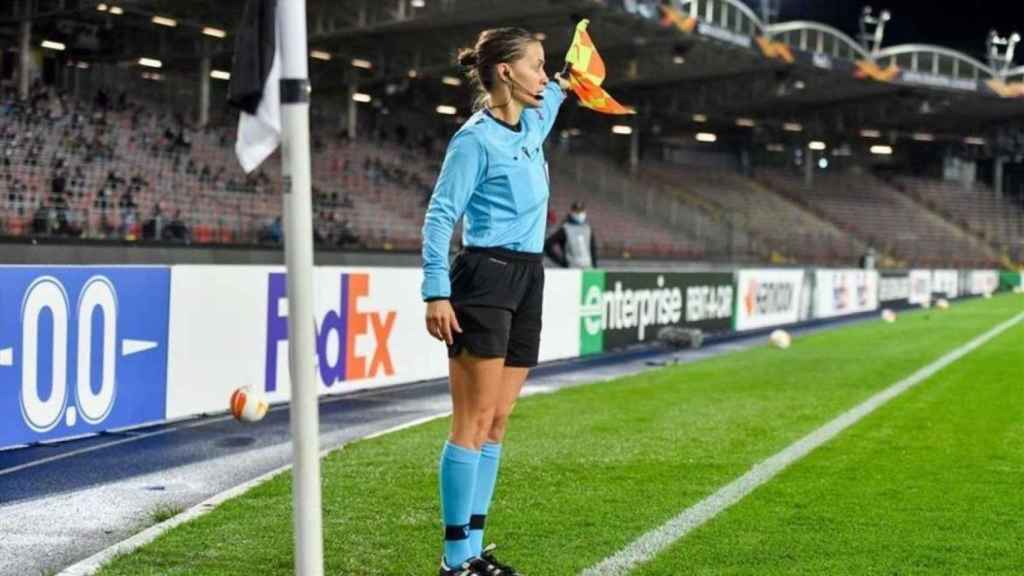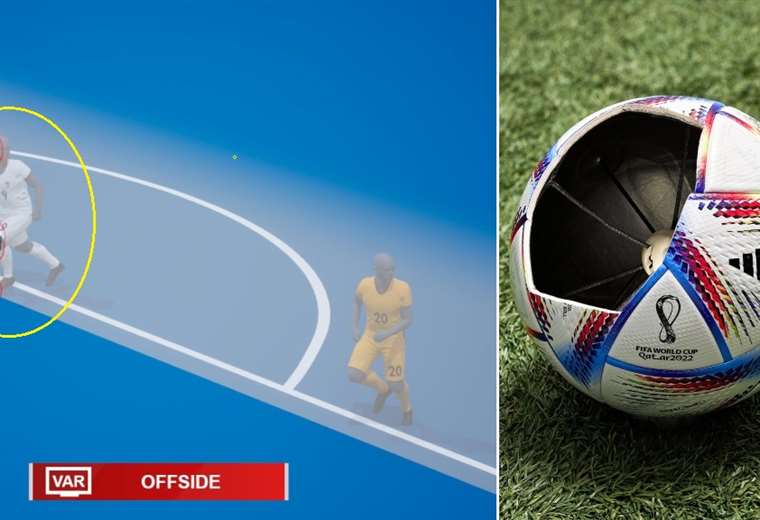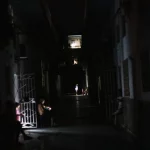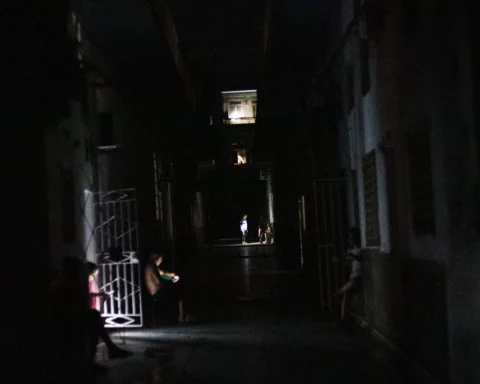November 10, 2022, 8:09 AM
November 10, 2022, 8:09 AM
Four years after the arrival of VAR at the 2018 World Cup in Russia, fans will discover a new innovation in Qatar 2022the semi-automatic offside, with which it is intended to speed up and make refereeing decisions more reliable.
The arrival of this new technological tool is announced more discreet than that of video arbitration (VAR), that in recent years has made familiar the gesture simulating a rectangle that the referees make to review the plays. The breaks in the rhythm of the matches and the controversies have accompanied its implementation over the years.
Despite the critical voices, FIFA continues with the same logic that it already undertook in the 2014 World Cup in Brazil, with the technological verification that the ball has completely crossed the goal line.
The result of “three years of research and testing” and tested in the Arab Cup at the end of 2021 and then during the Club World Cup, the “semi-automatic offside technology” (SAOT) was validated by the world body at the beginning of July.
The idea, adapted by UEFA for the Champions League, is to go further than the limits of the human eye, too imprecise to establish the position of the players and the ball at all times. This is intended to refine as much as possible the line that determines whether or not there has been offside.
“We know that sometimes the offside verification process takes too long.especially when it is determined in a few centimeters,” underlined Italian Pierluigi Collina, president of the FIFA Referees Committee, at the beginning of July.
While the semi-automatic offside technology should “allow faster and more accurate decisions”, promises referee Collina of the 2002 World Cup final, “It is not, however, a robotized offside”. The final decision will always correspond to the referees. and the assistant referees on the field of play.

In Qatar 2022, this system will use twelve cameras located on the roof of the stadiums and will control “up to 29 data points” per player, “50 times per second”, including “the limbs and members relevant to the analysis of offside situations”, as detailed by the instance in July.
As everything depends on the exact moment in which the ball is in play, a sensor located in the center of ‘Al Rihla’, the official ball, will send data “500 times per second” to the viewing room, thus starting a two-stage process.
They should then “manually check” that alert, which shouldn’t take more than a few seconds, before reporting it to the main referee, who has the final decision.
Once the offside is confirmed, the same positional data will be translated into a 3D animation “detailing the position of the players’ limbs at the time the ball was played”. It will be broadcast “under the best possible angle” on the giant screens of the stadium and the availability of the broadcasters.


















